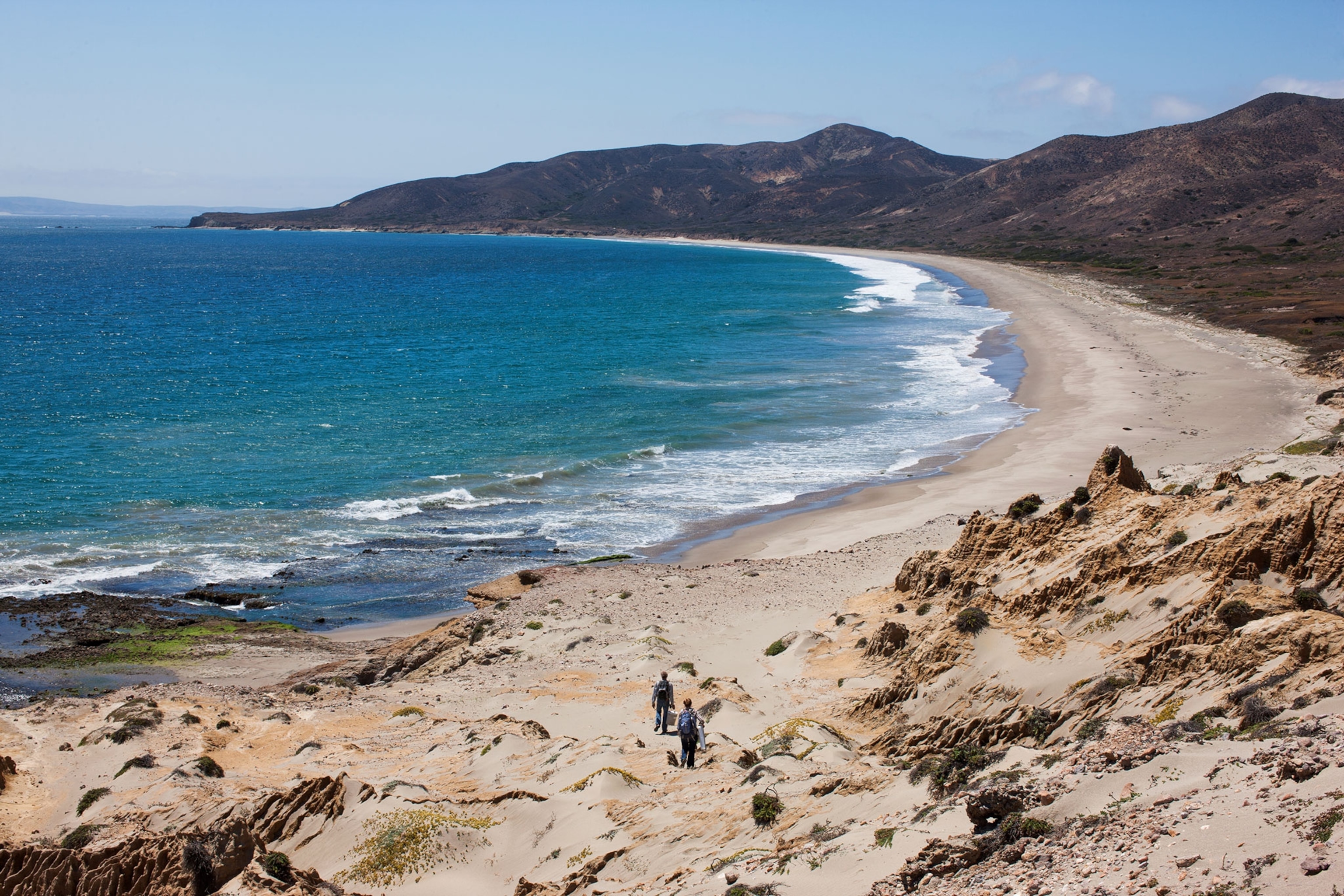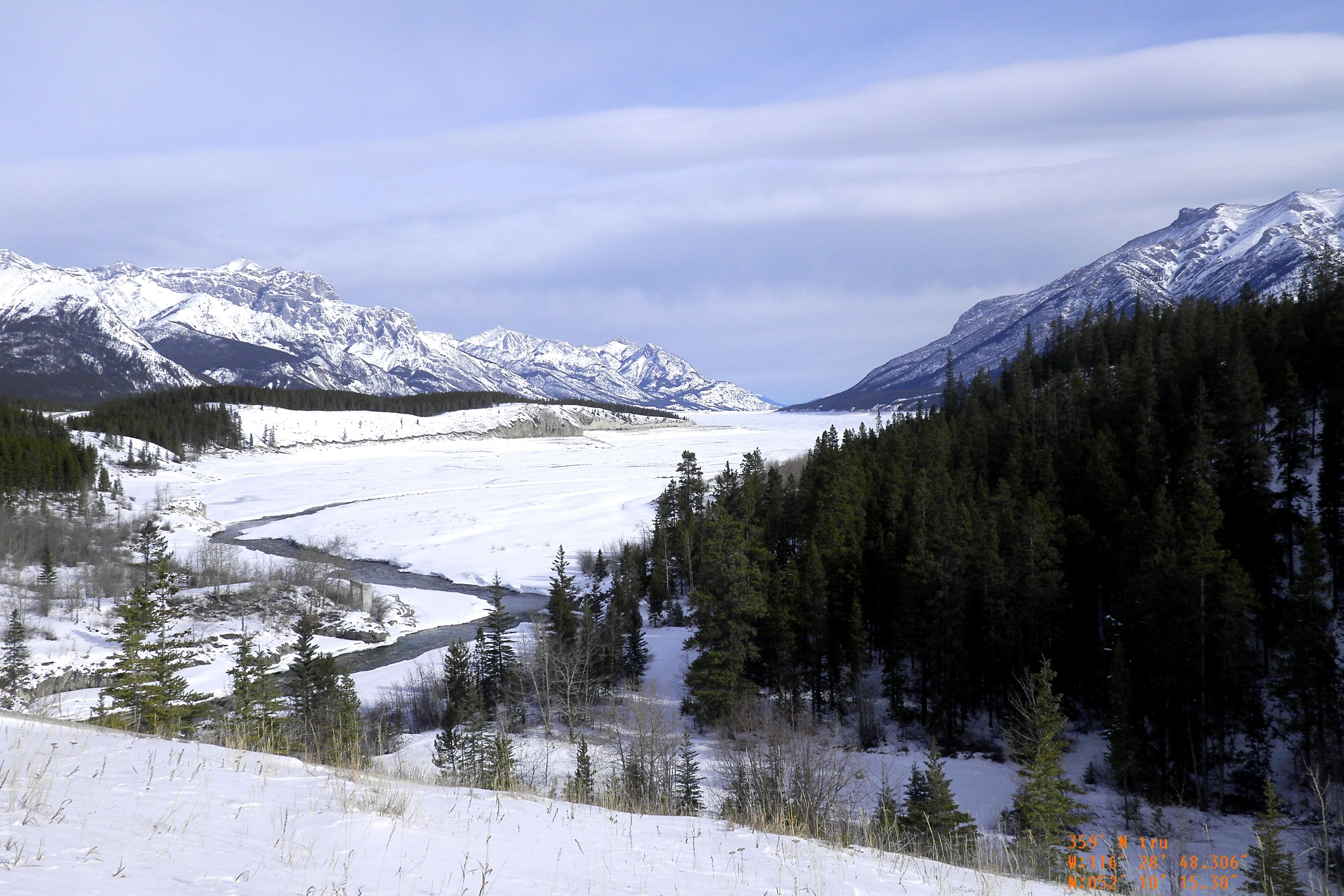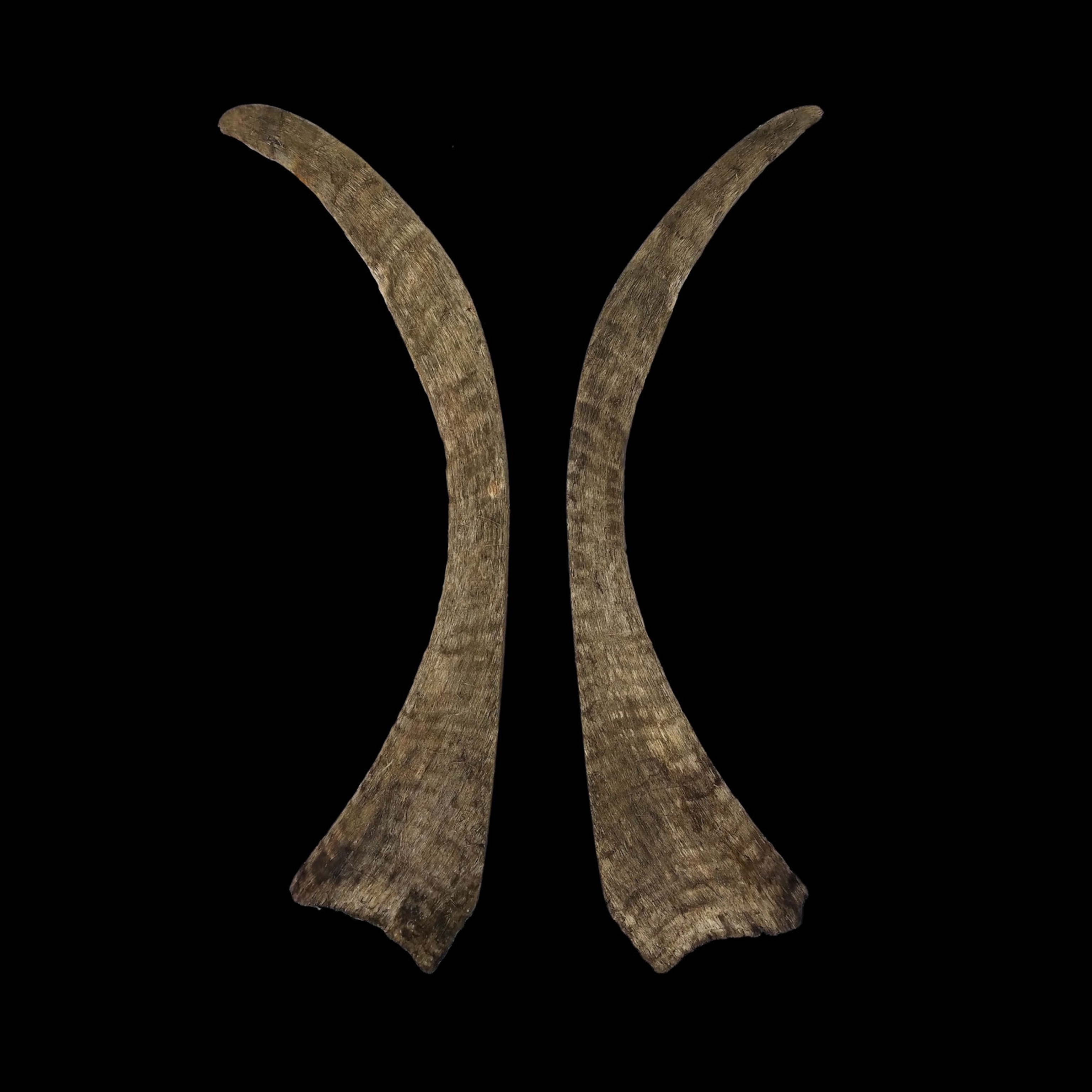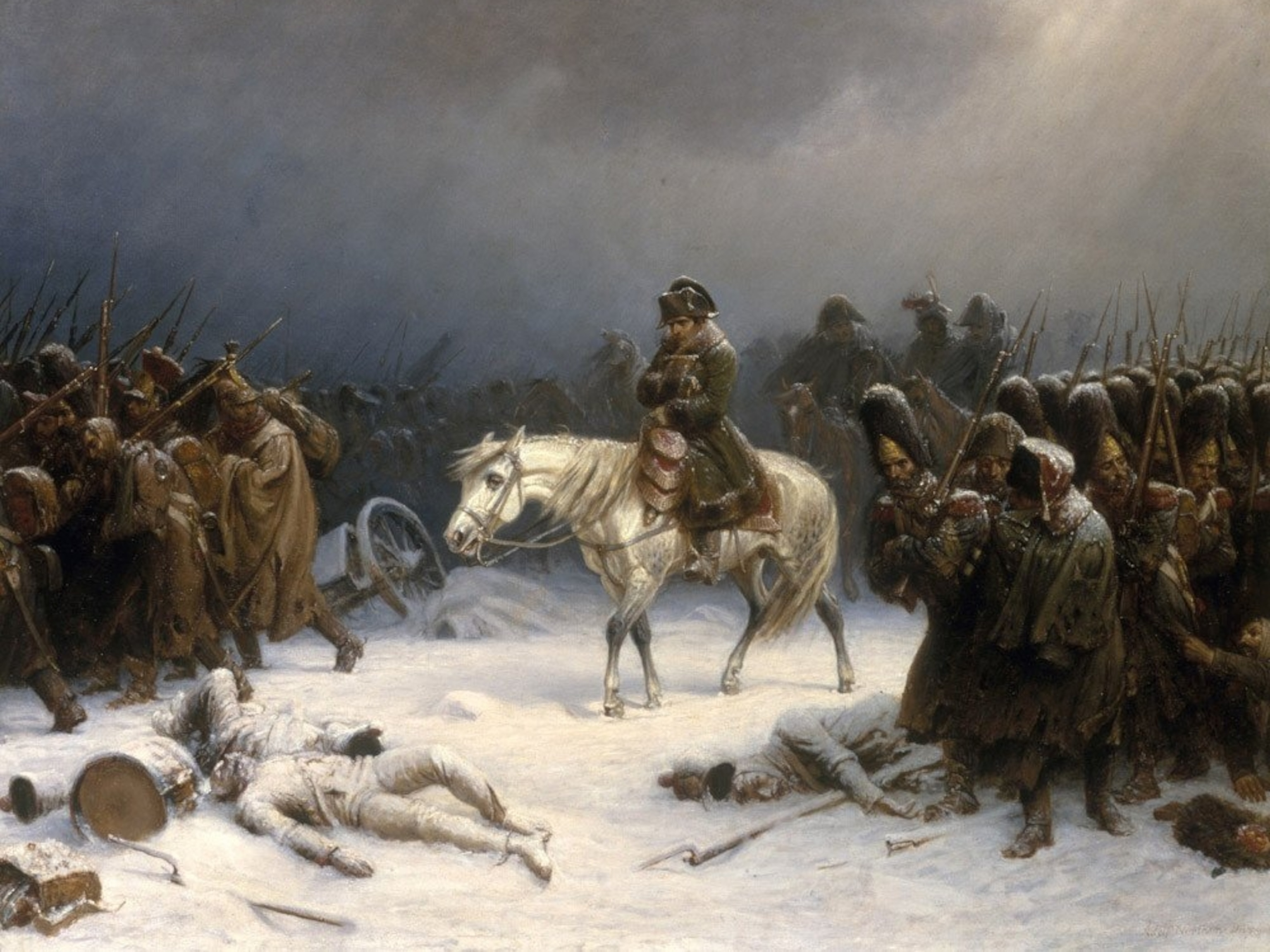
First Americans May Have Arrived by Coastal, Not Inland, Route
A land route through modern-day Canada lacked vital resources, bolstering the case for coastal migration.
During the last ice age more than 13,000 years ago, rising temperatures began to melt the massive ice sheets that blanketed Canada and the northern United States. Their retreat opened up an ice-free corridor more than 900 miles (1,450 kilometers) long that snaked from Alaska to Montana—a gap that some archaeologists believed was humankind’s highway into the Americas.
But ancient DNA recovered from the bottom of glacial lakes reveals that the corridor didn’t become livable for humans until about 12,600 years ago, centuries after the first Americans are known to have arrived. The finding suggests that the first Americans didn’t come by land; instead, they may have come by sea, perhaps walking—and boating—their way along the Pacific coastline.
“The first human migration out of Africa is a fascinating story—especially the colonization of the Americas,” says lead study author Mikkel Winther Pedersen, a researcher with the Center for GeoGenetics at Denmark’s University of Copenhagen. “It’s actually the last continent that humans colonized, [and] that makes it quite interesting. When and where did humans actually pass through?” (See maps that chart the first Americans’ possible migration routes.)
Pedersen and his colleagues wanted to reconstruct the corridor’s environment through time, to see if early hunter-gatherers could have eked out a living in it. So the researchers visited a series of lakes in western Canada that would have been smack-dab in the middle of the ice-free corridor. The bottoms of the lakes, layered with sediment, act as time capsules, locking away hints of past environments.
Pedersen was most excited by the prospect of ancient DNA from the region’s flora and fauna, washed into the lake and locked away for thousands of years. If the team could track the presence and absence of DNA across sediment layers, they could reconstruct when certain kinds of animals, such as bison, lived in the areas around the lakes.
Getting this DNA, however, proved a challenge. Getting cores of lake sediments required Pedersen and his colleagues to endure brutal wind chills below minus 22 degrees Fahrenheit (minus 30 degrees Celsius), as they lugged their coring equipment several kilometers across the lakes’ frozen surfaces.
Grappling with the DNA in their sediment samples wasn’t any easier. Pedersen had planned on using “barcodes,” synthetic snippets of DNA, to flag the presence of certain species like bison in their samples. But the ancient DNA wasn’t cooperating, since it was too degraded to bind to the barcodes. Instead, Pedersen and his team had to resort to a “shotgun” approach: They sequenced all of the DNA fragments in the samples, and then relied on statistical jujitsu to figure out which fragment belonged to which organism.
“We had to think out of the box,” says Pedersen. “[Shotgun sequencing] was maybe even the last option that we would have.”
But once the team started sorting through the shotgun-sequenced DNA, a shockingly vibrant picture of an ancient ecosystem began to emerge.

From 13,000 years ago until about 12,600 years ago, the landscape appears to have been barren. Then, all of a sudden, the corridor transformed into a lush steppe. Hares and voles scampered through the grasses; pike swam in the lakes. As bison, moose, and even woolly mammoths browsed and grazed, eagles soared overhead, as untold numbers of bacteria frothed about in the soil. Aspen, pine, and spruce trees then moved into the landscape, as the steppe turned into parkland—and, later, the dense forest of today.
“I was so happy,” says Pedersen. “We’d had almost no success with the DNA barcodes, so when I started getting results, I was like, ‘Yes! We got it!’”
The full results—published Wednesday in Nature—suggest that the corridor wasn’t lush enough to support human colonizers until 12,600 years ago, which corresponds to the earliest archaeological evidence of human activity in the region. That’s at least 400 years after the Clovis culture, a major wave of early Americans, first appeared, and more than 2,000 years after the first Americans arrived. (Read about the new finds that are revolutionizing our understanding of who the first Americans were.)
This implies that instead of coming down the ice-free corridor, early Americans migrated in along the Pacific coastline, and moved into the corridor from the south only once the region was fertile.
Importantly, Pedersen’s results aren’t alone. A recent study in Proceedings of the National Academy of Sciences used a completely different method to come to similar conclusions. A team led by Beth Shapiro and Peter Heintzman of the University of California, Santa Cruz, reconstructed family trees for bison that lived in the ice-free corridor. By tracking when bison expanded into the corridor—a proxy for human habitability—they show that it wasn’t fully habitable until 13,000 years ago, within 400 years of Pedersen’s study.
“It is fantastic to be able to use more than one proxy to come to the same conclusion,” writes Shapiro. “In fact, I believe that multi-proxy approaches to habitat reconstruction are the future of paleoecological research.”
“If only there were more lake cores available to study!”
Follow Michael Greshko on Twitter.







